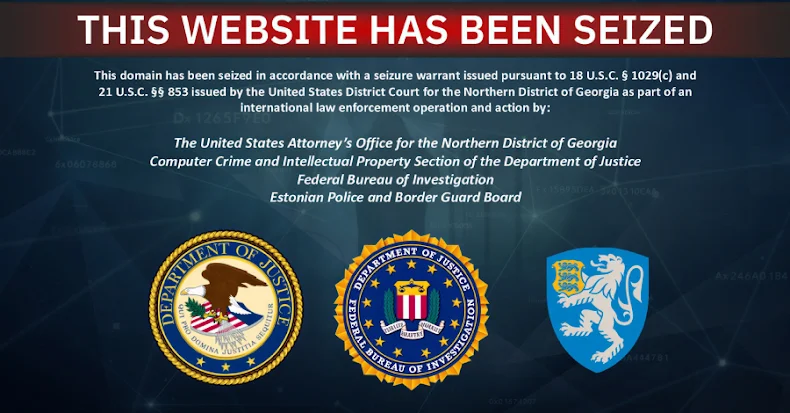In 2025, digital forensics has become a cornerstone of organizational security, intersecting rapid technological advancements, sophisticated cyber threats, and an ever-expanding digital data landscape. The Chief Security Officer (CSO) plays a pivotal role in steering effective digital investigations, ensuring that organizations can respond adeptly to incidents and fortify their defenses.
The Evolving Landscape of Digital Forensics
The proliferation of cloud computing, mobile devices, and interconnected systems has exponentially increased the complexity of digital evidence. Digital forensics now encompasses a broad spectrum of investigative techniques and methodologies used to extract, preserve, and analyze data from computers, smartphones, servers, cloud platforms, and a wide array of Internet of Things (IoT) devices.
Cloud Computing and Its Impact on Digital Investigations
The rise of cloud computing has fundamentally changed the nature of digital investigations. Data is now distributed across multiple platforms and geographic locations, often governed by different legal frameworks and provider-specific policies on retention, encryption, and access rights. This distributed nature requires forensic professionals to develop nuanced approaches for acquiring and analyzing digital evidence.
Traditional forensic methods, which focused on physical device seizure and direct data extraction, are often insufficient in the cloud era. Specialized tools and standardized methodologies for cloud data extraction, analysis, and cross-border retrieval are becoming essential. The integration of cloud forensics with emerging technologies like blockchain is also gaining traction, providing more secure and transparent audit trails for investigations.
Artificial Intelligence and Machine Learning in Forensics
Artificial Intelligence (AI) and Machine Learning (ML) are revolutionizing digital forensics by automating the processing and analysis of massive data sets. Where investigators once spent countless hours manually reviewing logs, device contents, and network traffic, AI-powered tools now flag relevant information, identify anomalies, and even make predictive assessments about potential leads.
These technologies can uncover patterns in seemingly unrelated data, detect new cyberattack strategies, and predict suspect behavior based on digital footprints. AI’s role extends to proactive defense, identifying system vulnerabilities before attacks occur and enabling real-time forensics, where investigative teams can trace breaches as they happen.
Advancements in Mobile Forensics
Mobile forensics is another rapidly advancing domain. The proliferation of smartphones, IoT devices, and wearables has introduced new challenges, such as advanced encryption, sophisticated operating systems, and massive data generation. Forensic tools must continually evolve to bypass encryption, recover deleted files, and extract data from secure applications.
The advent of 5G networks has further complicated the landscape, requiring forensic experts to trace high-speed communications and data packets. As smart home appliances and wearables generate more sensitive data, new legal standards and protocols for data privacy and collection are being developed to keep pace with technological change.
Building a Robust Digital Forensics Framework
For CSOs to lead effective investigations, establishing a robust digital forensics framework is paramount. This framework must address the unique challenges posed by modern data environments and ensure that evidence is collected, preserved, and analyzed in a manner that maintains its integrity and admissibility in court.
The digital forensics process typically consists of four core stages: collection, examination, analysis, and reporting.
– Collection Phase: Acquire digital evidence from physical assets including computers, mobile devices, and IoT devices, as well as virtual environments like cloud storage and virtual machines.
– Examination Phase: Process and preserve the collected data, ensuring that its integrity is maintained.
– Analysis Phase: Interpret the data to uncover relevant information, identify patterns, and reconstruct events.
– Reporting Phase: Document the findings in a clear and concise manner, suitable for legal proceedings and organizational review.
Integrating Automation and AI in Digital Forensics
The integration of automation and AI into digital forensics is addressing the challenges posed by the increasing volume and complexity of data. Automated tools can perform initial data processing, flag anomalies, and even suggest potential areas of interest, allowing human investigators to focus on more complex analytical tasks.
However, reliance on automation and AI also introduces challenges, such as the need for transparency in AI decision-making processes and the potential for algorithmic bias. CSOs must ensure that these tools are used ethically and that their outputs are subject to human review.
Addressing the Skills Gap in Digital Forensics
The rapid evolution of digital forensics has led to a significant skills gap in the field. Organizations are struggling to find qualified forensic professionals who possess the necessary technical expertise and understanding of legal and ethical considerations.
To address this gap, CSOs can invest in training programs, foster partnerships with academic institutions, and promote continuous learning within their teams. Additionally, leveraging automated tools can help alleviate some of the workload, allowing existing staff to focus on more complex tasks.
Navigating Legal and Ethical Considerations
Digital forensics operates at the intersection of technology and law, requiring a thorough understanding of legal and ethical considerations. CSOs must ensure that their teams are well-versed in relevant laws and regulations, such as data protection and privacy laws, and that they adhere to ethical guidelines throughout the investigative process.
This includes obtaining proper authorization for data collection, maintaining the chain of custody for evidence, and ensuring that investigations are conducted impartially and without bias.
Conclusion
As digital landscapes continue to evolve, the role of the CSO in leading effective digital forensics investigations becomes increasingly critical. By understanding the complexities of modern digital environments, integrating advanced technologies, and adhering to legal and ethical standards, CSOs can ensure that their organizations are prepared to respond to and mitigate cyber threats effectively.



